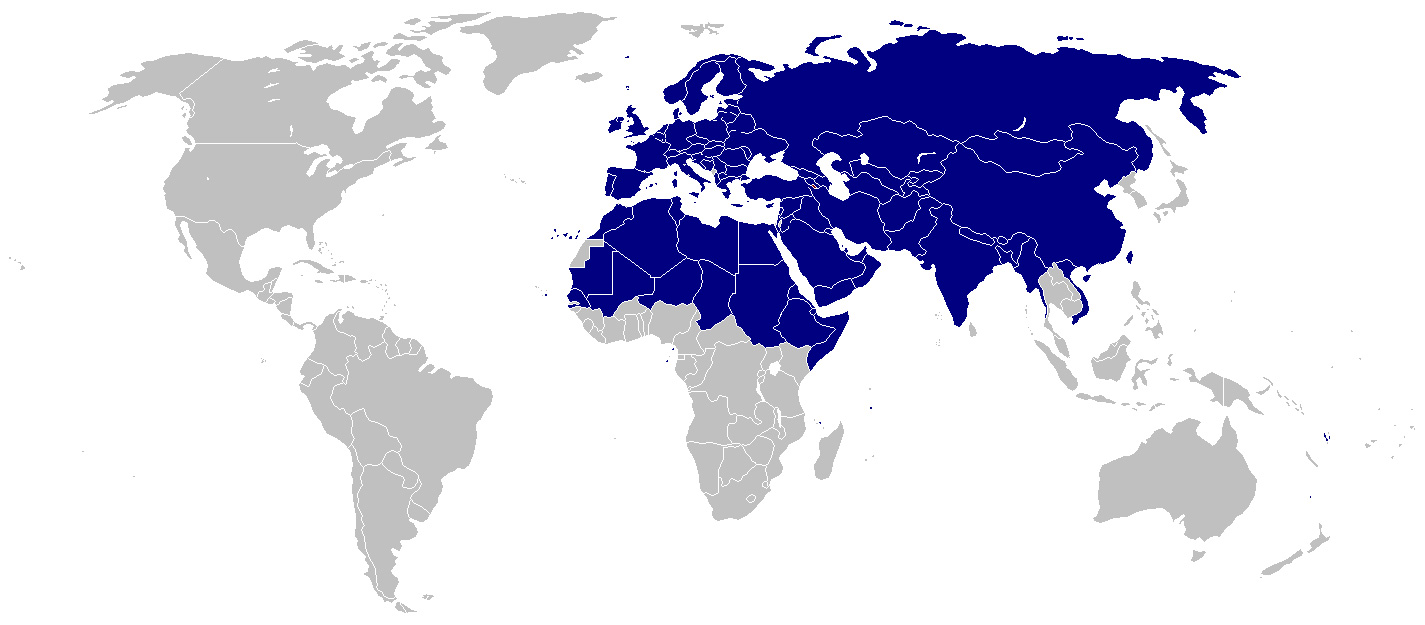
Weights and measures
| Length | from 14 to 15 cm |
|---|---|
| Weight | from 15 to 19 g |
| Wingspan | from 23 to 26 cm |
State of endangerment
| Endangered |
Animal description
The Black Redstart (Phoenicurus ochruros) is a fascinating bird species known for its distinctive appearance and interesting behavior. This small passerine bird belongs to the family Muscicapidae, which includes thrushes and flycatchers. It has a wide distribution across Europe and Asia, with some populations migrating to warmer regions during the winter months.Adult males of the Black Redstart are particularly striking, characterized by their sooty black feathers that cover most of their body. The most notable feature, however, is the vibrant rusty-red tail, which contrasts sharply with their darker plumage. This red tail is often conspicuously displayed during their flight and while perched, serving as a signal to potential mates and rivals. The wings are black with a distinctive white patch, adding to their unique appearance. Females and juveniles, on the other hand, have a more subdued coloration, with dark brown or grey feathers and a less pronounced red tail, which helps them blend into their surroundings and avoid predators.
The Black Redstart typically inhabits urban areas, rocky slopes, and mountainous terrains. It has adapted remarkably well to human-altered landscapes and can often be found nesting in buildings, ruins, and other structures. This adaptability has allowed it to thrive in areas where natural habitats are scarce.
In terms of behavior, the Black Redstart is a territorial bird, especially during the breeding season. Males perform elaborate displays to attract females and deter rivals, including singing from prominent perches and showing off their red tails. Their song is a melodious mix of trills and whistles, which adds a musical backdrop to their habitats during the breeding season.
The diet of the Black Redstart primarily consists of insects and other small invertebrates, making it an effective natural pest controller. During the breeding season, they are particularly active in hunting to feed their young, showcasing their agility and prowess as they catch prey in mid-air or forage on the ground.
Breeding season sees the construction of nests in crevices, holes in walls, or other sheltered spots. The female lays a clutch of 4-6 eggs, which she incubates for about two weeks. Both parents are involved in feeding the hatchlings, which fledge approximately three weeks after hatching. This cooperative parenting ensures a higher survival rate for the offspring.
The Black Redstart's adaptability, striking appearance, and melodious song make it a notable and beloved species among birdwatchers and nature enthusiasts. Despite facing challenges from habitat loss and changes in climate, its ability to thrive in urban environments has helped maintain stable populations. Conservation efforts continue to monitor and protect this species, ensuring that the vibrant flash of a red tail will remain a common sight in its natural and adopted habitats.
Map of occurrence

Similar Animals
New photos of animals
Top 10 animals
- Dolphin gull (Leucophaeus scoresbii)
- Diana monkey (Cercopithecus diana)
- Moustached guenon (Cercopithecus cephus)
- Galápagos tortoise (Geochelone nigra complex)
- Stone loach (Barbatula barbatula)
- Japanese macaque (Macaca fuscata)
- Russian tortoise (Testudo horsfieldii)
- Greek tortoise (Testudo graeca)
- Common flying dragon (Draco volans)
- Vendace (Coregonus albula)


